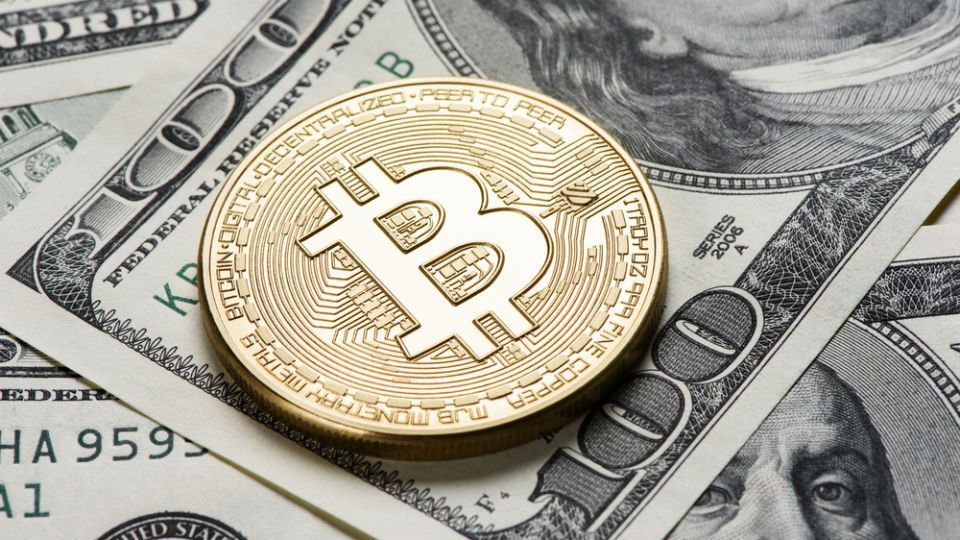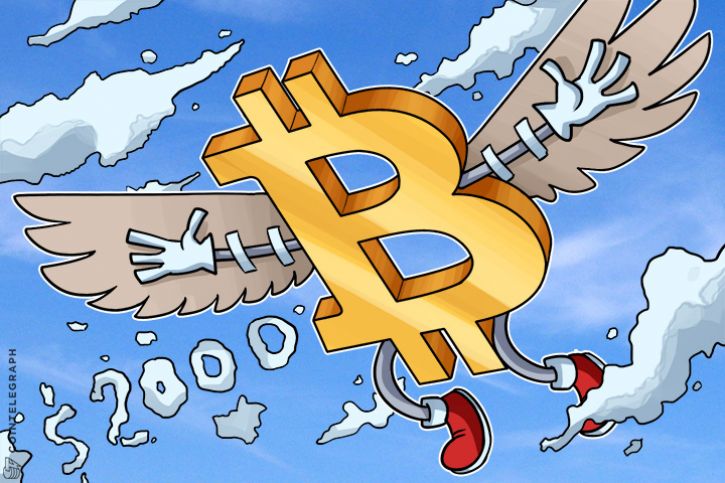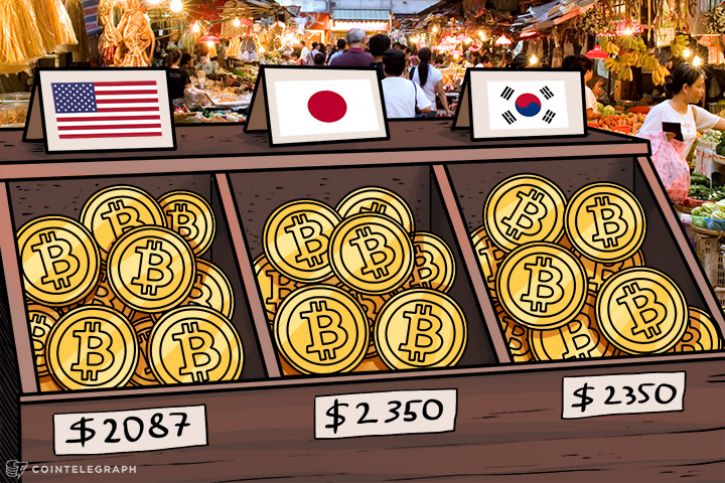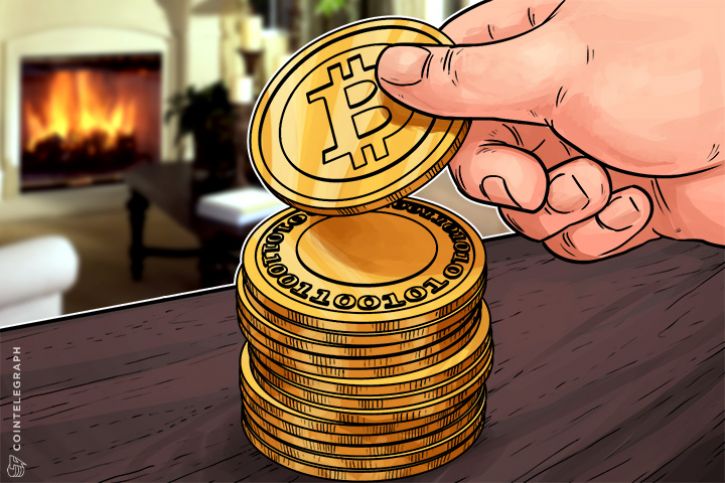Effective Business Development Strategies (Plan)
Business Development Strategies…. Errr… What is that? Is it related to sales? Is it related to partnerships? Is it a tiring job? Can I do it? Is it related to target achievement? Lots of unanswered questions…..
Let’s try to find an answer to these queries.

Business Development Strategies
is a combination of numerous individual tasks which has a goal of implementing and developing growth opportunities either within the organization or between two or more organizations. It is related to all round development of a particular business which makes it enriching and fruitful. It is a mixture of commerce, business, and organizational behavioral theories. Business development deals with the establishment of long-term value factor for an organization from the point of view of markets, customers and their interrelationships. In recent times, there is a new job profile of Business Development Executive whose function has evolved as the business world has transformed into the global economy. This job profile represents a pivotal role in increasing the amount of business for a particular company.
What is Business Development?

It is defined as “processes and activities
which are concerned with analytical preparation for probable growth opportunities, which does not entitle decisions regarding strategy for implementation of growth opportunities but supports the strategy for implementation of growth opportunities. ” The basis of Business Development is about creating long-term value or long term positive image of an organization in the minds of customers, stakeholders, markets and so on. The process of business development is all about identifying these interconnected networks, which will create new opportunities for growth. Become an e-Learning Developer and Authoring Tools Expert.Learn to design the high quality, valuable content. Be well versed in web/eLearning standards such as HTML5, CSS, SASS, web accessibility.
Long term value
Business development Strategies
is about any get-rich-quick formula or I-win-You-lose guidebook. It is not about creating values which will vanish in a matter of seconds. It is all about creating suitable opportunities for that specific goodwill to retain for a long period of time. The concept is that the gates should be open so that there is a free flow of values. Stabilizing the business development platform by strengthening the long-term value is the only way for organizational growth
History of Business Development Strategies
In practical life, the term Business Development Strategies has evolved into several applications and usage. In this age, the tasks of business developer are very varied and interesting. It has a wide application group starting from IT professionals to engineers, from marketing management to prospective clients. Recent research has pointed out the co-relation between emerging business development solutions to an innovation management process. The business development function has evolved into a more matured, highly technical function which is especially true in Biotechnology and Pharmaceutical industries. History specifies that business development can be traced back to Industrial Revolution period.
Sales vs Business Development Strategies
Business Development Strategies should not be confused with sales. The process of sales is based on driving revenue or the generation of profits. The sole intention of sales is the handover of items, thereby maintaining a profit margin. In the other hand, business development identifies and creates new partnership avenues that help indirectly to drive revenue. The sales function deals only with the output, whereas the business development process deals with the entire journey.
Business Development Strategies is essentially a marketing function, though it involves some minor sales skills like negotiations. Typical goals of business development strategies include market expansion, brand projection, new client acquisition, general awareness about brands, etc. The function of sales is to sell products or services directly to the end user or client. Whereas the function of business development strategies is working through the channels or partners to
Make sales happen to Clients.

Awesome Business Development Strategies
The business development strategies are everywhere and lots and lots of ideas are there which can be exploited on a commercial basis. These fresh ideas can be harvested, launched and thereby marketed properly. Anyone can get awesome ideas at any point of time. Ideas can be large, small, big. Ideas are usually driven by a passion for one’s area of interest. A new idea may be borne from an existing situation or from the innovative mind of a thinker. The business owner can also observe two different disciplines and blend them smoothly, which gives birth to a new field of business innovation.
Here are the top most awesome business ideas-

Recruit right personnel at the right time
A person can be having a great degree of knowledge as well as strong network who is eager to close deals with clients. But it can be very harmful to a company’s well-being. Sometimes marketing team emphasizes only on lowest prices. They forget to pay attention to engineering and quality aspects. This casts an ill effect on the company’s reputation. The effect will depend on the company’s life cycle. There are three life stages in a company’s life and not every employee is suited for every stage.
The three life stages are-
- Scouting–
This is the preliminary stage of a company. At this stage, business development deals with the identification of various entry points for marketing. Various leverage points are identified and the concerned internal team is provided with feedback for market analysis. The key skills involved here is collaborative work with the product and engineering teams. - Testing–
At this stage, the business developer will close a few open deals in order to test the assumptions made from the market and input various findings. Analytical skill sets for setting up a measurement framework is required. The framework will depend on the company’s mission, strengths, and vision. - Scaling–
After the data is gathered from each and every deal, a path is laid down for goal fulfillment. After this, business development is all set to start closing for deals. An entire support system for future activities is created.
Look for the right opportunity-
The contacts with whom you are dealing must be cross checked as well. Dealing with the right person is very important. This practice leads to unwanted wastage of time. It is very important to identify the potential clients with whom you can do business. Scanning of the market for fruitful associations is vital before starting dealing with prospects. If this step is omitted, you will find that you are already drained out, yet no positive associations have been made. Focus on those clients who actually matters to your business rather than digging your head in unwanted ones.
Stop talking too much
When you are speaking for more than 50 percent of the time, you are actually talking 10 times excess. Your job is not to blurt out everything, but understand and probe the client’s perspective, his problems, issues, type of work done, time taken etc. Be an active listener if you really want to develop your business. You will always be a favorite vendor in a competitive economy if you hone your listening skills.
Focus on your client’s requirement
Don’t present what you are offering. Present what the client needs. Do not talk about your offerings instead listen carefully the client’s requirements, preferences. If you listen carefully to your clients, you can modify your own pitch to match the client requirements which in turn increase client satisfaction rates. Always pay a keen attention to the clients’ issues so that you customize your offerings as per his needs. If a client fails to get what he desires, then the chances of doing business with him is minimized. He will not select you as his business partner and instead look for other prospective partners.
Be Important
It is a well-known idea that important people love to deal with other important people. Be active within your business associations. To be part of those organizations that fulfill your business needs and where you can interact with prospective clients. You can offer volunteer services to industry experts to gain visibility as well as to capture high-value targets. You can climb the corporate ladder to gather the desired prestige in your concerned industry. If you succeed in doing so, the successive orders are bound to flow in your company. Remember, people like to deal with the creamy layer or the winners in their respective areas of expertise.
Main motto: Client Satisfaction
There is nothing in the world which is worse than a furious client. Not only it spoils the relationship of yours with the client, but it is also harmful to your company’s reputation. Forget about everything else and fix your client’s problems first. If you take a quick action once your client's complaints about an issue, you will make an enthralling impression on your client. You will get applause from your client and your name will be circulated on your industry members. Remember to practice empathy when dealing with clients. Place yourself in your client’s position and feel his problem. By doing so, you will be effectively nurtured your business.
Provide excellent service
After you successfully influenced your clients and got business from them, it is time to make them happy with your amazing services. Stick to the deadlines fixed with your clients. Be a perfect guide throughout the whole process. If you succeed in making your clients satisfied, they will be offering you repeat business as well as new business opportunities. Who knows, you may be rewarded with something exceptionally good.
Qualitative vs Quantitative approach
Many businesses focus purely on qualitive business value proposition and give less importance to the other factors. But this is not a wise idea. This plan has a high probability of failure and is quite difficult to achieve. There is also a minimal probability of the market to pay higher for a premium service. The market is not ready to spend extra bucks even if they get improved user experiences and better services. As a result, the quantitative aspect of the business increases the chances of success. Creating competitive lowest prices will surely attract more clients. This, in turn, will maximize your revenue generation.
Stop saying: I don’t have any time
Time management is a crucial skill which every business owner needs to know. It is all about prioritizing work. Important work needs to be done first and less important jobs can be done later. You can also have a great business idea in the silliest of time. Managing your time wisely is one of the most crucial tasks, especially when you are a business start-up. Balancing time between operational activities and business development activities is an art which you need to master. This can be done only when you spent less time on useless stuff and allocate more time to vital tasks.
Innovation at its best
Innovation is the best way to be at the top of the competition. When you offer your clients something unique then there is a high probability that your client will do business with you. Everyone prefers products or service that are new to the market. So why don’t you go out of the box and have some awesome ideas? Offer your clients something which no one is offering. Innovation may involve new methods, ideas, workflows, process flows which will be beneficial for companies.
The role of business development Strategies is extremely crucial in the first stages of a new business. This phase decides the fate of your business. If you do it well, you will taste success soon or else it will take your business to a downward direction. You need to identify the winning concepts for your business. You have to brainstorm ideas in order to be successful in developing your business. Start looking for new niches for promoting your products or services. You can also apply your skills to a new field which can be beneficial. You can also search for existing product lines and offer a cheaper version of the same product. When you are doing a mix and match of ideas, it won’t disappoint you in achieving your goals. Just be confident and be ready to RULE the world!
Chuck Reynolds
Contributor
Please click either Link to Learn more about — Inbound Marketing.
Alan Zibluk Markethive Founding Member









